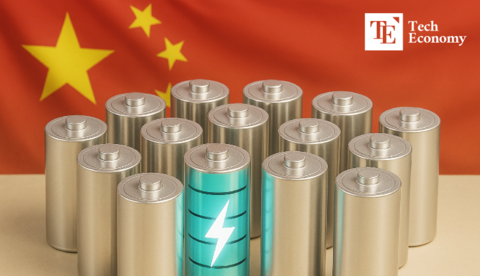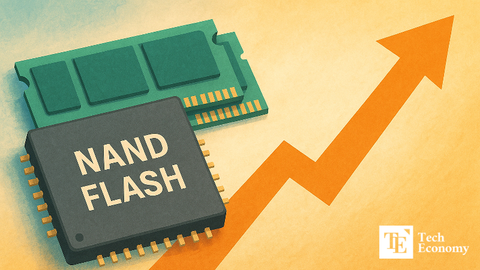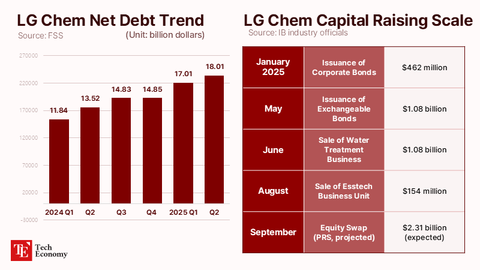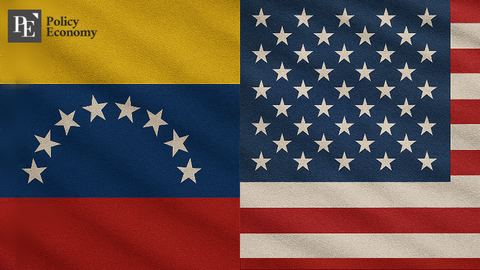Crisis or Opportunity?” — Can LG Electronics' India IPO Stay on Course?
Input
Modified
LG Electronics Faces Possible IPO Delay in India, But Local Market Outlook Remains Strong IPO Funds Targeted for Development of ‘Made-for-India’ Products India Seen as Resilient Amid Trump-Era Tariff Wars

LG Electronics' Indian subsidiary, which was slated to go public by the end of this month, may postpone its listing due to rising uncertainty in global markets triggered by U.S. trade policy under President Donald Trump. While some analysts expect India’s stock market to recover quickly, having been relatively insulated from the worst of the global tariff wars, others caution that volatility could still impact upcoming IPOs.
India Subsidiary Gears Up for Stock Market Debut
On April 8, India’s leading financial daily Business Standard reported that LG Electronics India and electric two-wheeler manufacturer Ather Energy are seriously considering delaying their initial public offerings. Citing an unnamed investment banker, the report noted, “Market conditions are unfavorable right now. Investors are exercising caution, and that’s affecting the IPO environment.” The source added that both companies are likely to monitor the situation and wait for a more opportune moment.
LG Electronics India filed its Draft Red Herring Prospectus (DRHP) in December 2024 and received approval from the Securities and Exchange Board of India (SEBI) in February for an IPO worth ₹150 billion (approximately ₩25 trillion or $1.8 billion USD)—the fifth-largest IPO in Indian stock market history. It is poised to become only the second Korean firm, after Hyundai Motor (₩26 trillion), to list on the Indian exchange.
The company had planned to submit a revised red herring prospectus (UDRHP) and debut on the Bombay Stock Exchange in the final week of April.

Accelerating Local Market Penetration
To fuel local growth, LG has laid out bold investment plans alongside the IPO. The offering is expected to raise between $1 billion and $1.5 billion (₩1.4 trillion to ₩2.2 trillion), representing 15% of the subsidiary’s market value. This would inject more cash into LG than the ₩1.2 trillion in cash and equivalents the company held at the end of last year.
Proceeds will be used to build LG’s third factory in India, located in Sri City, the first new manufacturing base in the country since the Pune plant opened in 2006. The new facility will focus on producing region-specific products tailored to Indian consumers, such as ultra-low-cost air conditioners priced around $100. Despite India’s tropical climate, AC penetration remains low at just 12% as of 2024—mainly due to price barriers.
LG plans to streamline its supply chain and focus on simplified, affordable cooling units to target India’s expanding middle class. Other India-specific products on the horizon include washing machines with settings to protect delicate saree fabrics, and water purifiers equipped with UV sterilizers and stainless-steel tanks, designed to address India’s water quality and pressure challenges.
India Remains Unscathed by U.S. Tariffs
Despite short-term concerns, many market watchers believe LG’s India strategy remains sound. “It’s true that U.S.-driven tariff shocks are rattling global markets,” said one analyst, “but it’s premature to assume India’s instability will persist.” The source added, “In fact, India is quietly benefiting from the tariff war.”
Unlike export-heavy economies such as China, India is relatively shielded from U.S. tariff threats thanks to its domestic demand-driven growth model. Between January and November 2024, only 18.6% of India’s exports went to the United States. For the automotive sector, U.S. exposure is below 1%.
Moreover, India faces relatively mild reciprocal tariffs from the U.S.—just 26%—compared to 104% for China, 46% for Vietnam, 37% for Bangladesh, and 32% for Indonesia. In an increasingly fragmented global trade landscape, India has emerged as a rare "neutral zone," or a tariff-free oasis.
If global companies view this geopolitical advantage as an opportunity and ramp up investments in India, the current turbulence in its stock market may quickly subside—paving the way for IPOs like LG Electronics India to proceed smoothly.





















